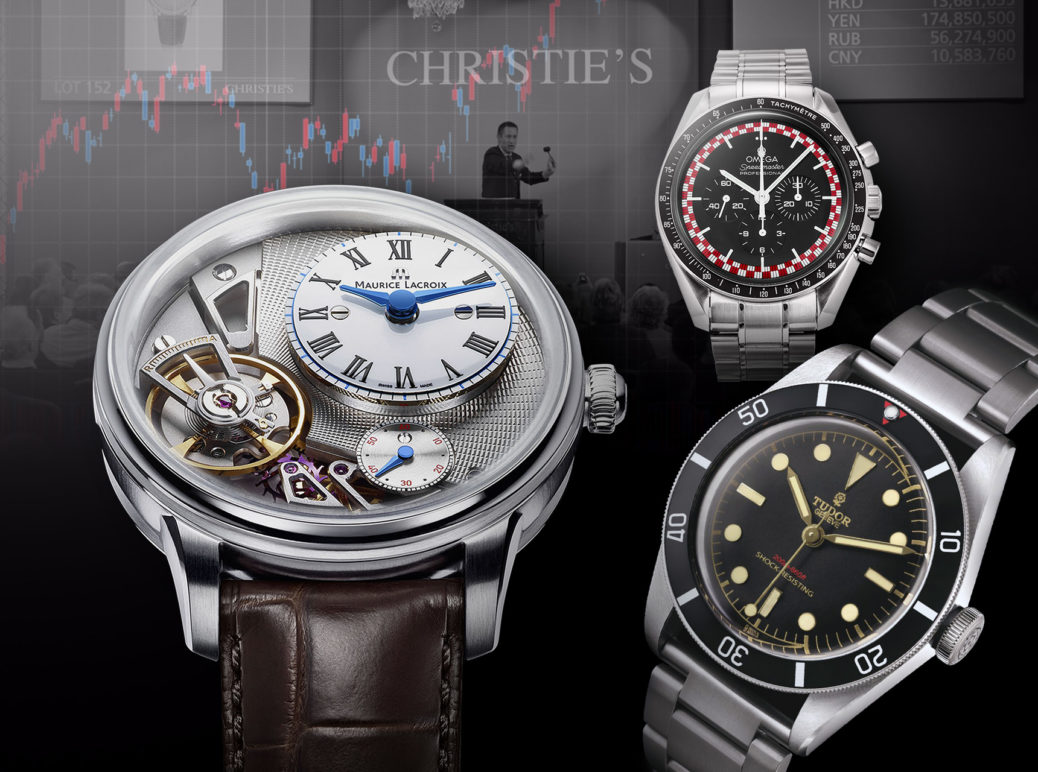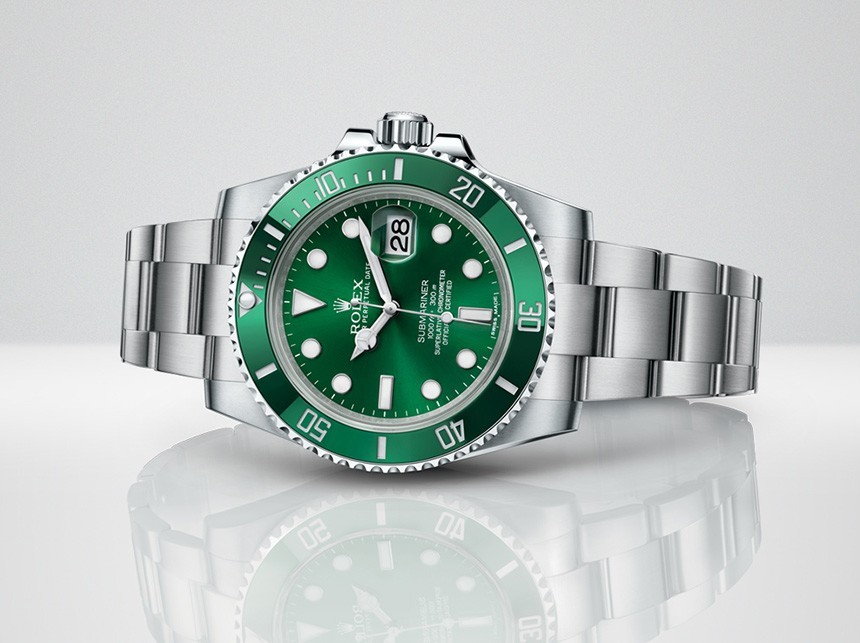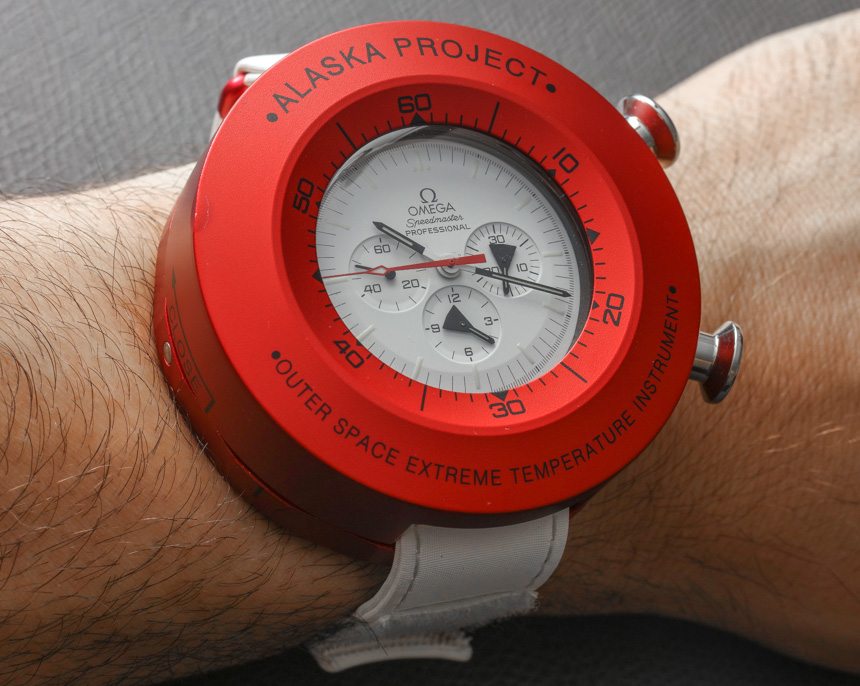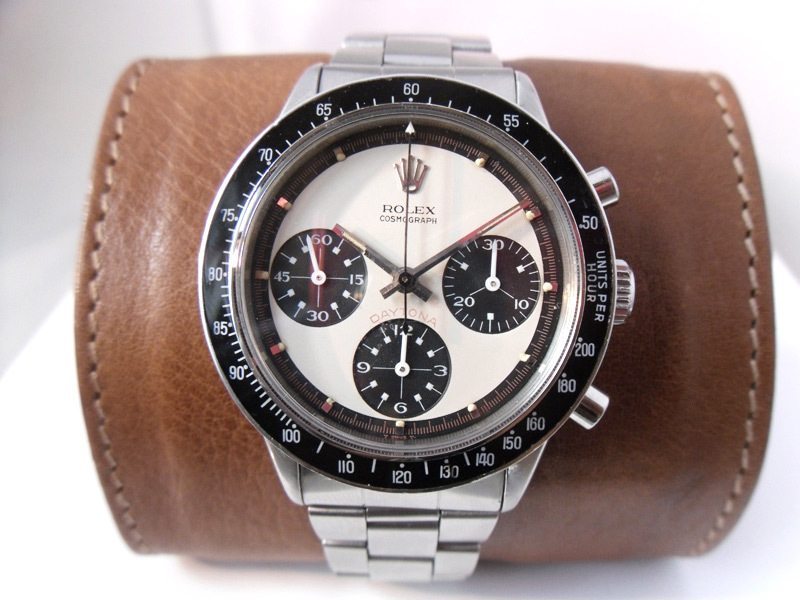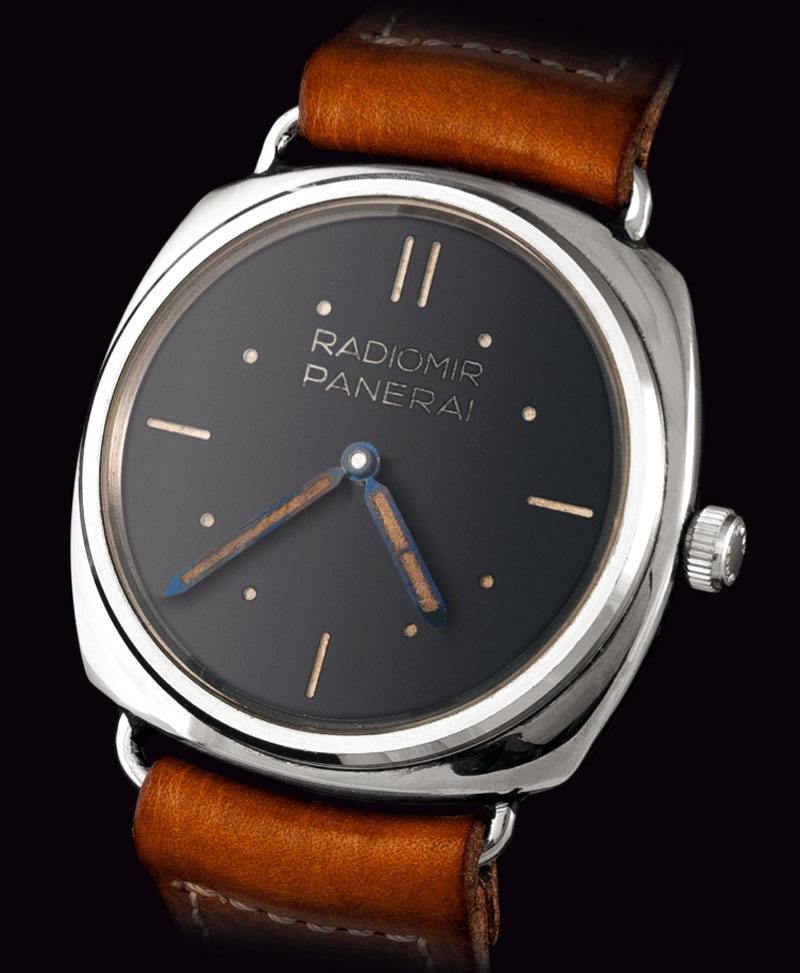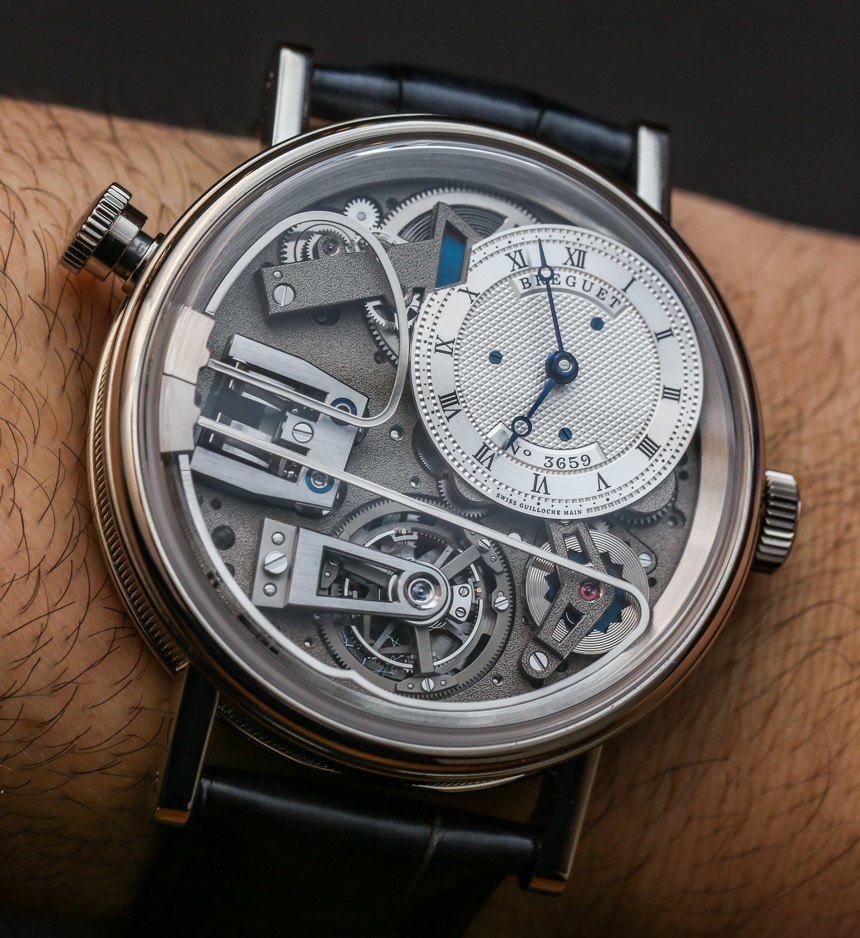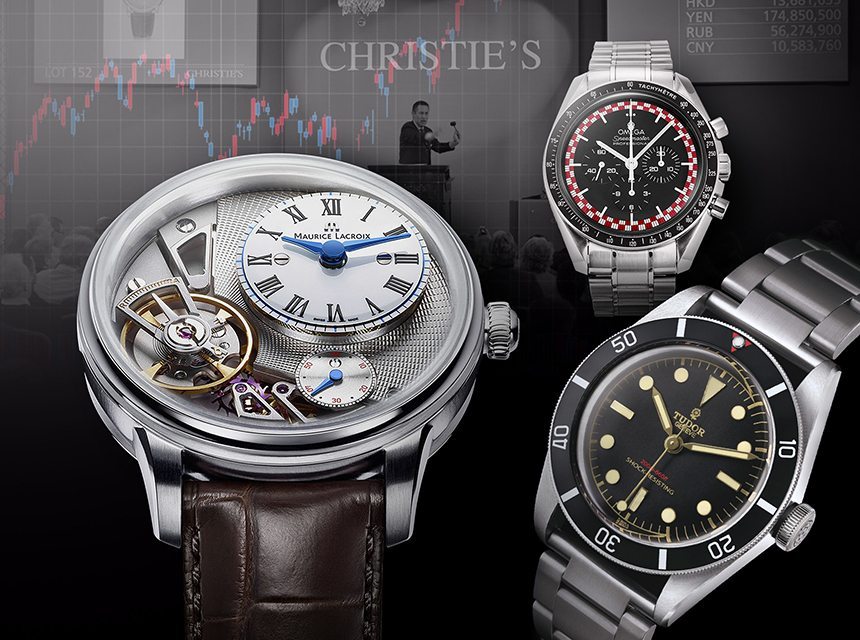
I’m fascinated by the psychology of collecting – if anything, because it is a strange quality of the human condition that doesn’t always seem practical. Most people accumulate something in their lives, whether those things are related objects, experiences, or relationships. Watch collectors are no different, using their appreciation of timepieces and the collection thereof to satisfy some deep, inner desire. So it goes without saying that I spend a lot of time thinking about the watches people like and collect.
Collectors want to obtain items that they feel are “important.” In fact, that concept is so crucial that even in the watch industry, so many auction events by various houses are referred to as an auction of “important watches.” The question, of course, is what constitutes “important?” Or rather, what might make a watch important enough to someone to induce them to add it to their collection? That is a question I feel isn’t answered enough – or well enough, that is.
Also, at the end of this article I’d like to let the audience mention watches that they perhaps collect which may be considered good examples of the various points I make here.
Life After Production & Buying A Future Collectible
Let’s shift this to the more specific topic of being able to predict what timepieces produced today will become collectible in the future. The first major rule of collecting is that, for the most part, collectible items are no longer produced. For something to be collectible, there seems to be a rule that there is both a finite amount out there, and that the item’s life has in some way reached an end. Only then can the life of that item be seen in its entirety, and a cult of collecting (on any scale) even have the possibility to exist.
Buying watches as collectibles when they are still being made is not buying a collectible at all. Instead, buying a watch that is currently in production as a collectible is merely purchasing a prospectively collectible item that may or may not turn out to be valuable to anyone but yourself in the future. Many consider this to be the highest form of collecting because it is not only the most risky (not being able to predict future tastes and trends), but also because it requires total confidence in one’s decisions. Moreover, it often requires people to buy a lot of watches new, which is potentially very expensive. So only watches no longer produced can actually be a current collectible. So, to buy a current collectible, first look to something that is no longer being produced.
Retail Duds
You’ll find that many of today’s more interesting collectible watches were retail duds when they first came out. Perhaps the most interesting element of watch collecting for me is the simple fact that many of today’s collectors often have no way of knowing the sentiments around a particular desired product when it was first commercially released. Even if that person was alive and buying watches at the time, they may have forgotten or not noticed how the market initially reacted to that product when it ended up being desired by collectors.
The watch market today is full of retail duds, and frankly most of them aren’t going to be in demand (ever). Nevertheless, a select number of retail dud watches were otherwise fine timepieces that just happened to be a poor match for the market when they were released.
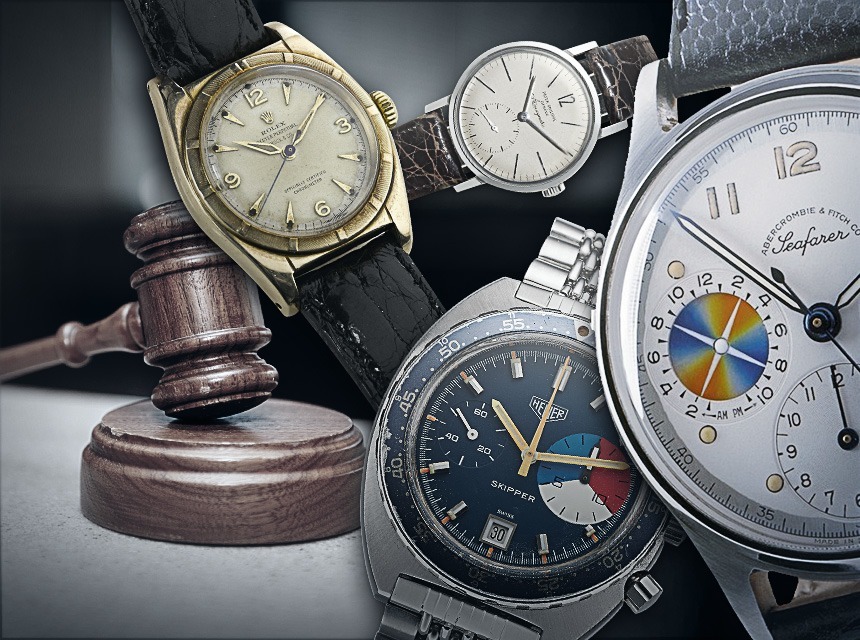
If a watch meets poor market demand – no matter how good it is – then a company will stop producing it. Many of today’s more interesting “over-engineered” watches end up being retail duds because they have a tough time finding the right consumers and because they tend to cost a lot of money. Being priced beyond what current market conditions will bear – no matter how good a value something is – is a perfect formula for a retail dud. Remember, being a retail dud means that a watch will perhaps prematurely stop being produced, so its numbers are artificially low given what the right target group of consumers might have been easily willing to buy.
What happens in these situations is that someone in the future, in what are often different market conditions, rediscovers the product and appreciates it for what it is. What further helps is that because the watch might have been obscure to begin with, prices for these watches on the market will be very low. Almost all collector trends begin with purchasing watches that they feel are currently undervalued.
Prototypes
A common trend here is that future collectible watches are those that have limited numbers. Even if a watch is able to retain value well, if it is produced in very high numbers then it will almost by definition never be collectible. With that said, sometimes versions of highly produced timepieces can be collectible. A good example is the Rolex Submariner – that is by all accounts a popular watch. Within the Submariner family are some more rare models or those that are prototypes. Because of their rare or unique nature, even among a very common product, they acquire the status of something with limited numbers as a subgroup within the larger group.
Watch brands regularly produce small collections of totally unique prototype watches never intended for sale to the general public. However, some prototype watches eventually do make their way into private hands (outside the company). In fact, one of the reasons that prototype watches can be so collectible is that, in many instances, the company that produced those watches tends to want to keep as many as possible in the company.
Prototype watches are valued both as early examples of something popular, or as hand-made or very customized, experimental watches meant to test new aesthetic or technical features. Much of the time, prototype watches aren’t even made as well as final production models, but by definition they are very rare and are valued as what they mean in the evolution of a product collection or brand. Today, collectors would be wise to seek out watches which were never intended for retail sale and represent the development history of whoever made it.

